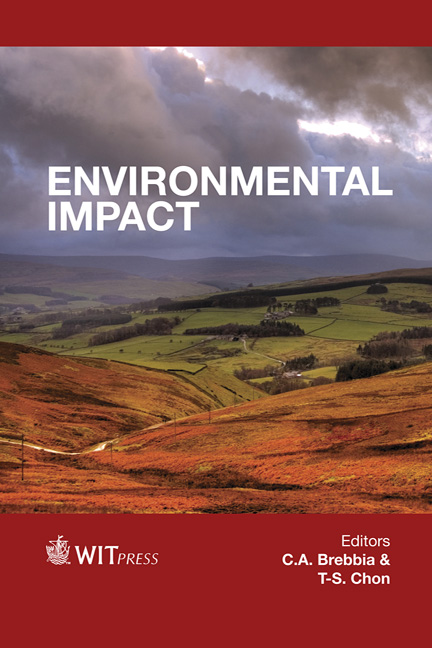Advanced Materials And Processes Enabling Sustainable Growth In The Aeronautic Industry
Price
Free (open access)
Transaction
Volume
162
Pages
12
Page Range
157 - 168
Published
2012
Size
2,775 kb
Paper DOI
10.2495/EID120151
Copyright
WIT Press
Author(s)
H. Lohner, I. Delay-Saunders, S. van der Veen & A. Martinet
Abstract
Due to the importance of fulfilling the actual and upcoming environmental legislation and the major goal of the European Aeronautic Defence and Space Company (EADS) \“Vision 2020” strategic roadmap; which aims at maximising the benefits of products and services while minimising the environmental impact, it is an Airbus main objective to develop eco-efficient materials. These advanced materials in combination with the corresponding processes are an enabler for a sustainable growth in the aeronautic industry. Under consideration of the economical effects, these processes will be implemented into the production line. This paper presents the Airbus environmental objectives for the coming years and examines how Airbus steers research and development to implement aircraft environmentally friendly solutions. Examples of eco-efficient material development and of ideas for aircraft dismantling at the end of its life will be presented. Keywords: materials and processes, life cycle assessment, aircraft end of life, reuse, recycling, recovering, environmental criteria in TRL, research. 1 Introduction The aeronautic industry as well as the worldwide air traffic showed a constant growth for the past decades. Vossen et al. [1] summarized that the world’s airlines transported more than 2.2 billion passengers in 2008 and transported approximately 40% of world trade (measured by value). Approximately 2000 airlines worldwide have a total fleet of nearly 23000 aircraft and serve about 3750 airports through a route network of several million miles managed by E
Keywords
materials and processes, life cycle assessment, aircraft end of life, reuse, recycling, recovering, environmental criteria in TRL, research.





